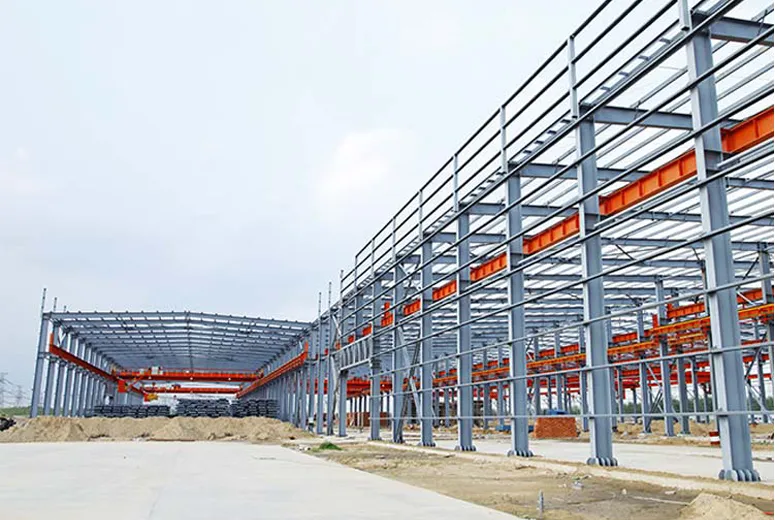- Afrikaans
- Albanian
- Amharic
- Arabic
- Armenian
- Azerbaijani
- Basque
- Belarusian
- Bengali
- Bosnian
- Bulgarian
- Catalan
- Cebuano
- Corsican
- Croatian
- Czech
- Danish
- Dutch
- English
- Esperanto
- Estonian
- Finnish
- French
- Frisian
- Galician
- Georgian
- German
- Greek
- Gujarati
- Haitian Creole
- hausa
- hawaiian
- Hebrew
- Hindi
- Miao
- Hungarian
- Icelandic
- igbo
- Indonesian
- irish
- Italian
- Japanese
- Javanese
- Kannada
- kazakh
- Khmer
- Rwandese
- Korean
- Kurdish
- Kyrgyz
- Lao
- Latin
- Latvian
- Lithuanian
- Luxembourgish
- Macedonian
- Malgashi
- Malay
- Malayalam
- Maltese
- Maori
- Marathi
- Mongolian
- Myanmar
- Nepali
- Norwegian
- Norwegian
- Occitan
- Pashto
- Persian
- Polish
- Portuguese
- Punjabi
- Romanian
- Russian
- Samoan
- Scottish Gaelic
- Serbian
- Sesotho
- Shona
- Sindhi
- Sinhala
- Slovak
- Slovenian
- Somali
- Spanish
- Sundanese
- Swahili
- Swedish
- Tagalog
- Tajik
- Tamil
- Tatar
- Telugu
- Thai
- Turkish
- Turkmen
- Ukrainian
- Urdu
- Uighur
- Uzbek
- Vietnamese
- Welsh
- Bantu
- Yiddish
- Yoruba
- Zulu
Nov . 27, 2024 00:57 Back to list
Prefab Industrial Buildings Revolutionizing Construction
Prefab industrial buildings have emerged as a groundbreaking solution in the construction sector, leveraging modern techniques to provide efficient, sustainable, and versatile facilities. As industries continue to grow and evolve, the demand for quick and cost-effective building solutions has never been more apparent. Prefabricated (or prefab) buildings offer an innovative approach to meeting these demands, reshaping how we think about industrial architecture.
What Are Prefab Industrial Buildings?
Prefab industrial buildings are structures that are manufactured off-site in specialized factories and then transported to their final location for assembly. This method contrasts sharply with traditional construction, which often involves on-site building from scratch. The prefab process typically consists of several stages design, fabrication, transportation, and assembly. Each stage is meticulously planned to maximize efficiency, minimize waste, and reduce construction time.
Benefits of Prefab Industrial Buildings
1. Speed of Construction One of the most significant advantages of prefab buildings is the speed at which they can be constructed. Because many processes occur simultaneously—design and site preparation can happen while the building components are being manufactured—projects can be completed in a fraction of the time compared to traditional construction methods.
2. Cost-Effectiveness The efficiency of the prefab process often leads to cost savings. Reduced labor costs, shorter project timelines, and decreased material waste contribute to lower overall expenses. Furthermore, the controlled manufacturing environment reduces the risk of construction delays caused by weather or other on-site challenges.
3. Quality Control Prefab buildings are produced in controlled factory settings, allowing for higher quality standards and oversight during the manufacturing process. This leads to fewer defects and a more consistent final product. The use of advanced technology, including computer-aided design (CAD) and robotics, enhances the precision and quality of each component.
4. Sustainability As industries increasingly focus on sustainable practices, prefab buildings offer a greener alternative. The manufacturing process can be optimized to minimize waste, and the use of sustainable materials can further reduce the environmental impact. Additionally, many prefab buildings can be designed for energy efficiency, utilizing features such as better insulation and solar panels.
prefab industrial buildings

5. Flexibility and Customization Despite a modular approach, prefab buildings are highly customizable. Industries can tailor designs to their specific needs, from warehouse spaces to manufacturing facilities. This adaptability makes prefab buildings suitable for various applications, whether for temporary structures or permanent installations.
Industry Applications
The versatility of prefab industrial buildings has led to their use in various sectors. Warehouses, distribution centers, and manufacturing plants have all benefited from this construction approach. Additionally, the use of prefab technology extends beyond traditional industrial applications. For example, in sectors like healthcare, educational facilities, and retail, prefab buildings can provide quick solutions to space constraints and urgent operational needs.
Overcoming Challenges
While the benefits of prefab buildings are compelling, some challenges remain. Public perception and acceptance can be hurdles, as traditional construction methods are often viewed as more durable or reliable. Additionally, logistical considerations—such as transportation and assembly—need careful planning to ensure the successful delivery and installation of components.
The Future of Prefab Industrial Buildings
As technology continues to advance, the future of prefab industrial buildings looks promising. Innovations such as 3D printing and modular construction are gaining traction, allowing for even more sophisticated designs and faster construction times. Moreover, as the emphasis on sustainability intensifies, the demand for eco-friendly construction practices will likely drive more industries to consider prefab options.
In conclusion, prefab industrial buildings represent a significant shift in the construction landscape. Their ability to provide speed, cost-effectiveness, quality, sustainability, and flexibility makes them an attractive choice for industries facing evolving demands. By embracing this innovative approach, businesses can position themselves to adapt to future challenges while maintaining operational efficiency and sustainability. As we move forward, the evolution of prefab technology will undoubtedly pave the way for smarter, greener, and more efficient industrial spaces.
-
How Do Prefabricated Steel Structures Transform Modern Construction?
NewsJul.14,2025
-
How Do Prefabricated Metal Buildings Redefine Modern Construction?
NewsJul.14,2025
-
How Do Prefab Insulated Metal Buildings and Steel Structures Revolutionize Modern Construction?
NewsJul.14,2025
-
How Do Pre - Engineered Steel Structures Redefine Modern Construction?
NewsJul.14,2025
-
Advancing Modular Construction with Prefabricated Metal Structures
NewsJul.14,2025
-
Advancing Industrial Infrastructure with Prefabricated Steel Solutions
NewsJul.14,2025
Products categories
Our Latest News
We have a professional design team and an excellent production and construction team.












